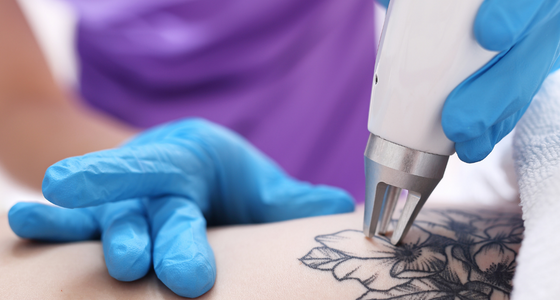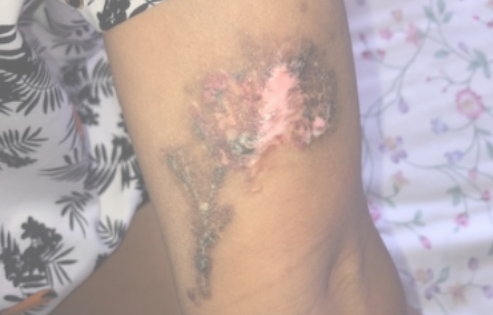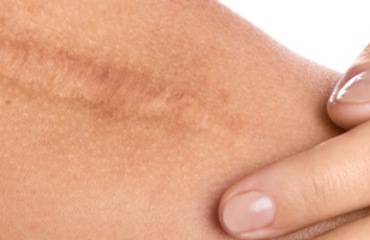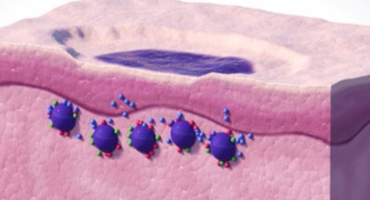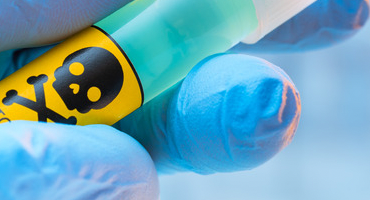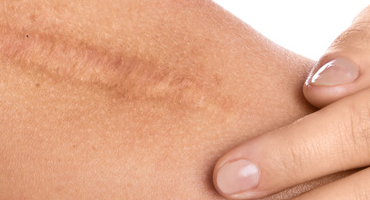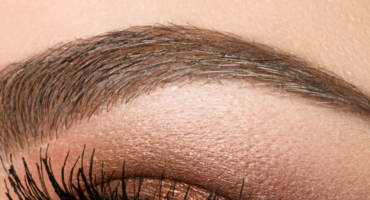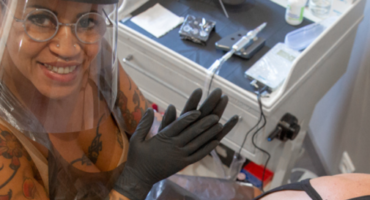Cicatrices dues au détatouage au laser
Des cicatrices dues au détatouage au laser est passé sous silence par la presse, car le lobby des médecins menace de retirer les annonces. Nous relatons les expériences de nos clients avec le laser.
Plusieurs médecins nous confirment depuis des années, à mots couverts, que le détatouage au laser comporte de grands risques. Mais aucun ne veut en parler ouvertement et aucun médecin ne veut être cité. Manifestement, ces médecins ont oublié ce qu’ils ont déclaré publiquement lors de leur prestation de serment. À savoir : » … la santé et le bien-être de mon patient ou de ma patiente seront ma première préoccupation« .
Photos convaincantes de nos clients
Les photos suivantes nous ont été envoyées par des clients désespérés. Ils se sont rendus dans nos studios dans l’espoir de trouver une solution après avoir subi jusqu’à 20 traitements au laser. Malheureusement, dans un tel cas, il ne reste qu’un cover-up ou une greffe, car le laser a enfoncé les pigments trop profondément dans la peau.
Photo: Résultats après 10/15/20 traitements
Toute les laser sont un danger, même le PICOLASER le plus moderne
Il est souvent admis, sous le manteau, que les anciens modèles de laser ne sont pas aussi bien adaptés pour le détatouage. Avec les lasers plus récents, comme les lasers YAG fréquemment utilisés ou les coûteux PICOLASER, ce risque n’existerait pratiquement plus. L’exemple ci-dessous montre que ce n’est pas vrai. Autrefois, les médecins affirmaient que les appareils aujourd’hui critiqués ne posaient pas non plus de problème. Dans tous les cas, ce sont les patients qui en font les frais. Le fait que la rhétorique sur les lasers inoffensifs soit fausse n’est un secret pour personne depuis des années. Nous recevons régulièrement des demandes de patients gravement défigurés. Rares sont ceux qui osent intenter une action en justice contre les médecins.
Photo: Cette dame a contacté SKINIAL et le 25.7.22. Elle a reçu 8 traitements PICOLASER en France (tous les détails nous sont connus). Le dernier traitement a eu lieu le 10.5.22. Que font les autorités ? Rien – elles ne sont pas compétentes pour les médecins. La seule possibilité pour cette dame serait d’engager une procédure juridique coûteuse contre les médecins, ce qui effraie de nombreux clients, car les experts sont bien sûr aussi des médecins. Ce n’est pas un cas isolé!
Notre point de vue
Nous pensons que c’est une question de style de ne pas argumenter « contre » les concurrents. Mais il faut aussi appeler les choses par leur nom si d’autres les balayent sous le tapis depuis des années. La vérité est qu’il n’y a pas de sécurité absolue, même pour les méthodes cosmétiques. Mais la minimisation institutionnalisée et le dénigrement des méthodes cosmétiques est une méthode utilisée par les médecins et une grande partie de la presse. En raison des critiques persistantes et mensongères contre toute forme de « détatouage alternatif », nous voulons, nous opposer à ces mensonges. Les médias et le public ont le droit de savoir à quel point la technologie laser est réellement dangereuse pour le détatouage. Nous allons jusqu’à dire que le détatouage au laser n’est pas du tout naturel et que les risques liés au traitement au laser sont disproportionnés.

